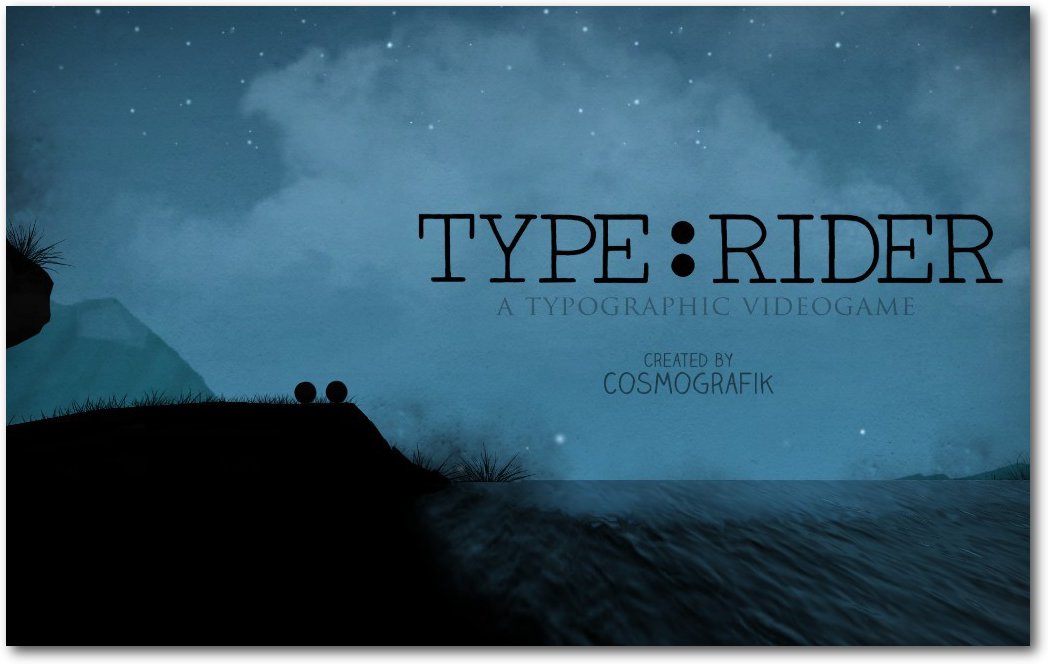

Lane, C.S.C., is appointed as the second president of King’s College. Bishop Hafey blesses the space on December 3, 1948. 1948: Construction of the new gymnasium is finished. 1948: Latin for “the king,” The Regis is chosen as the name of the yearbook. 1948: The original Alma Mater-written by Thomas Donlin and set to the music of “Now is the Hour”-is introduced to the College in this issue of The Crown.
 May 1947: The first annual Coronation Ball is held, bringing together “the Kingsmen” and “the ladies from College Misericordia” at Irem Temple Country Club. 1947: Father Scandlon and Father Connerton obtain war surplus furniture, equipment, and textbooks for student use and secure government funding to build a gymnasium at Vaughn’s Corners in Kingston and a student union on a former parking lot. 1946: The first issue of The Crown, the student newspaper, is published. In addition to the main classroom building, the College owned a house at 63 North River Street that housed the clerical faculty. Nearly 500 students applied and 380 were accepted with 90% of the class comprised of WWII veterans.
May 1947: The first annual Coronation Ball is held, bringing together “the Kingsmen” and “the ladies from College Misericordia” at Irem Temple Country Club. 1947: Father Scandlon and Father Connerton obtain war surplus furniture, equipment, and textbooks for student use and secure government funding to build a gymnasium at Vaughn’s Corners in Kingston and a student union on a former parking lot. 1946: The first issue of The Crown, the student newspaper, is published. In addition to the main classroom building, the College owned a house at 63 North River Street that housed the clerical faculty. Nearly 500 students applied and 380 were accepted with 90% of the class comprised of WWII veterans. 
1946: Classes begin for the first semester in the College’s Main Building at 29 Northampton Street.
 May 1946: The Pennsylvania State Council on Education charters King’s College as a new institution. Ann and President Connerton work from a former tailor’s shop on Main Street near where downtown’s Midtown Village stands today. 1946: Ann Pendergrast is hired as a secretary and becomes the first employee of King’s College. 1946: Father Connerton and Attorney Frank Pinola travel to Harrisburg to petition the State Council of Education to begin the legal process of admitting students. Mary of the Immaculate Conception Church, located on South Washington Street. He arrives in Wilkes-Barre and resides at the rectory of St. Hafey, Bishop of Scranton, to start a Catholic college in the anthracite coal region. James Connerton, C.S.C.-previously the registrar at the University of Notre Dame-is given a $200 train ticket and a typewriter with the commission from Rev. Please be sure to also reference our History Flickr Album, which features corresponding archival photos used to create this timeline. Sifting through collected references and accounts, the timeline below celebrates the growth of King’s College from its humble beginnings. With an ever-expanding campus, King's College now offers 41 undergraduate programs, 9 graduate programs, 29 varsity athletic programs, and over 50 student clubs and activities.įor seven decades, King’s has made a difference in the lives of students, neighboring communities, and beyond. As years passed and the College flourished, the mission expanded admission to women and continues to educate countless numbers of first-generation college students of all faiths. Through its courses of study, sons of coal miners and men returning from the war were to be given a broad-based liberal education in the Catholic tradition that provided intellectual, moral, and spiritual preparation to assist them in leading satisfying and purposeful lives. Hafey of Scranton to begin an independent four-year college for men in Wilkes-Barre. In 1946, the Congregation of Holy Cross accepted the invitation of Bishop William J.
May 1946: The Pennsylvania State Council on Education charters King’s College as a new institution. Ann and President Connerton work from a former tailor’s shop on Main Street near where downtown’s Midtown Village stands today. 1946: Ann Pendergrast is hired as a secretary and becomes the first employee of King’s College. 1946: Father Connerton and Attorney Frank Pinola travel to Harrisburg to petition the State Council of Education to begin the legal process of admitting students. Mary of the Immaculate Conception Church, located on South Washington Street. He arrives in Wilkes-Barre and resides at the rectory of St. Hafey, Bishop of Scranton, to start a Catholic college in the anthracite coal region. James Connerton, C.S.C.-previously the registrar at the University of Notre Dame-is given a $200 train ticket and a typewriter with the commission from Rev. Please be sure to also reference our History Flickr Album, which features corresponding archival photos used to create this timeline. Sifting through collected references and accounts, the timeline below celebrates the growth of King’s College from its humble beginnings. With an ever-expanding campus, King's College now offers 41 undergraduate programs, 9 graduate programs, 29 varsity athletic programs, and over 50 student clubs and activities.įor seven decades, King’s has made a difference in the lives of students, neighboring communities, and beyond. As years passed and the College flourished, the mission expanded admission to women and continues to educate countless numbers of first-generation college students of all faiths. Through its courses of study, sons of coal miners and men returning from the war were to be given a broad-based liberal education in the Catholic tradition that provided intellectual, moral, and spiritual preparation to assist them in leading satisfying and purposeful lives. Hafey of Scranton to begin an independent four-year college for men in Wilkes-Barre. In 1946, the Congregation of Holy Cross accepted the invitation of Bishop William J.








 0 kommentar(er)
0 kommentar(er)
